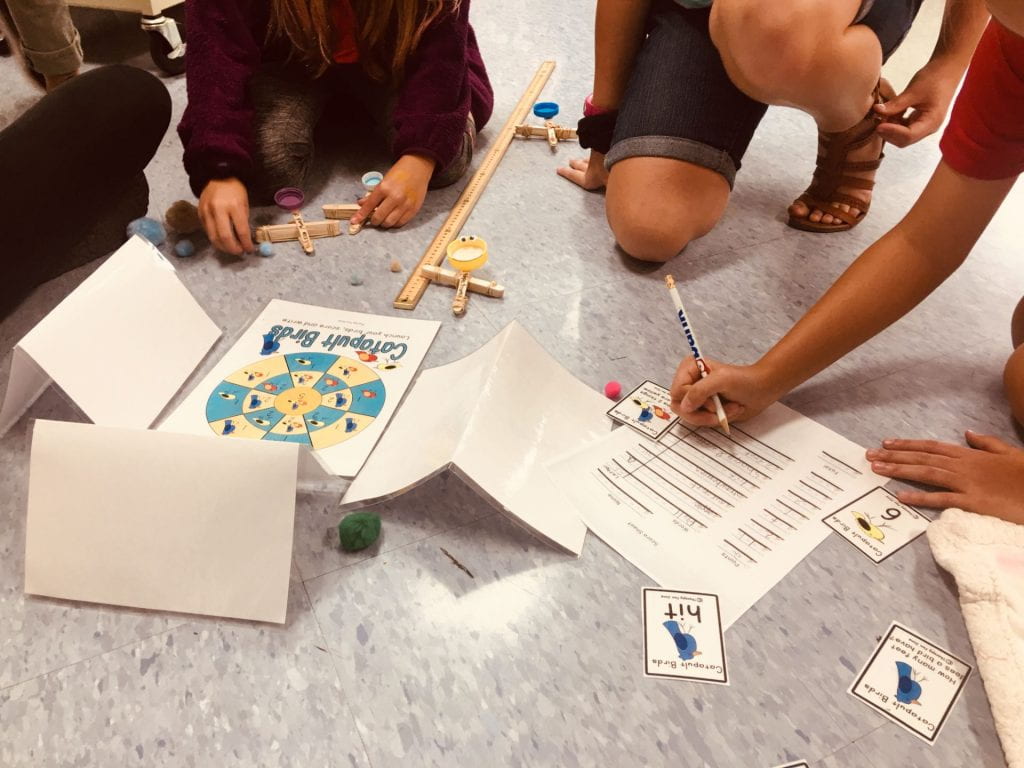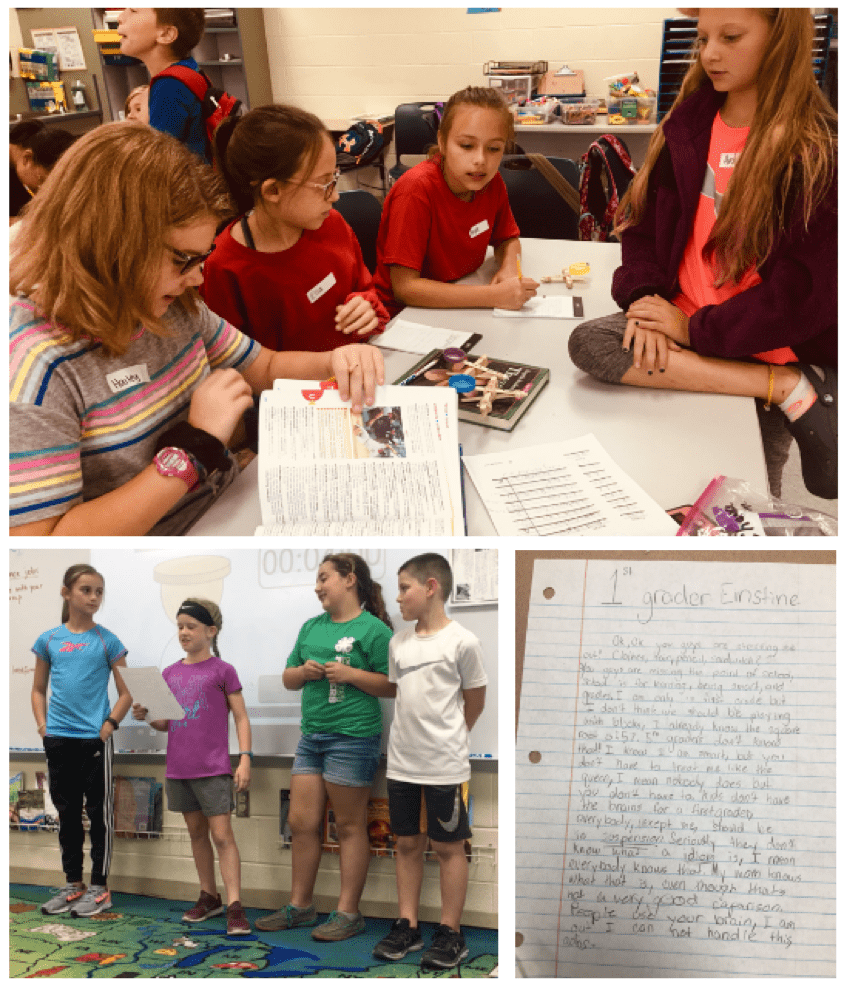By: Meghan Thoreau, OSU Extension

LED Display Circuit Board Challenge
Elementary STEM Club just started its third year of STEM (science, technology, engineering, math) programming, engaging approximately a hundred 4th and 5th graders in after school hands-on STEM challenges and career exploration throughout the academic school year. Judy Walley, Teays Valley High School Chemistry Teacher, and Meghan Thoreau, OSU Extension Educator, co-teach the program, which also involves over two dozen high school mentor students. The mentors assist with club activities while themselves gaining both soft and technical skills, leadership, community service, and college/career exploration opportunities.

Physics and Center of Gravity Challenges
STEM education programs can have a positive impact on students’ attitudes towards STEM disciplines, 21st century skills, and a greater interest in STEM careers. Educators throughout Pickaway County have been busy in supporting a number of problem-based learning initiatives, business-teacher partnerships, and STEM teaching initiatives.

Foldscope, Origami Microscope Biology Challenge
Elementary STEM Club is one of those local initiatives that employs hands-on learning through a multidisciplinary approach into many subjects and career paths. The program challenges its youth in chemistry, astronomy, biology, coding, drone technology, connected toys, wearable tech, strategic mind games, escape classrooms, electric circuits, physics, renewable energy, beekeeping, aerospace, flight simulations, aviation, fostering a community service mindset, and more.

Strategic Mind Games and Bee Science Challenges
We invite specialists from the community to teach, share, and engage with the students, such as the Scioto Valley Beekeeping Association, OSU Professors, an Extension Energy Specialist, an OSU Health Dietitian, and the Civil Air Patrol to name a few. Next year we’re hoping to bring some virtual reality, 360 photography, and video production challenges to our students. If you’re interested in sharing a skillset, a technology, a career path, or a meaningful life experience to some amazing and eager-minded students, please email, thoreau.1@osu.edu or jwalley@tvsd.us.
We’d like to also thank everyone who has been involved in the program over the last two years. It’s been a pleasure and a plunge into the wild side of STEM education, youth workforce development, and promoting a mindset of lifelong learning – all critical to today’s workforce.

Civil Air Patrol and Aerospace Careers
Civil Air Patrol
We ended last year with a great program partnering with Civil Air Patrol (CAP). Civilian volunteers – with a passion for flight, science, and engineering – led the program highlighting STEM careers in aviation, space, cyber security, emergency services, and the military. The whole organization is powered by a team of dedicated civilian volunteers with a passion for aviation and STEM education. If you know of a student, 12-years and up, that has in interest in aviation, would like a chance to fly a plane, work towards their pilot license, attend leadership encampments, career academies, and more, visit http://www.ohwg.cap.gov/.
Aerospace Officer Donna Herald, Lieutenant Casey Green, and Lieutenant Colonel David Dlugiewicz volunteered their time and aviation skills to lead our youth into exploring the history of the Civil Air Patrol, emphasize the value of civic engagement, and underscore the growing deficient of pilots and aerospace specialist in the workforce.

Physics Concepts, Bernoulli Principle on Air Pressure Differential Theory Challenges
The CAP lessons built on previous STEM Club programming that taught physic concepts, the law of gravity, and re-instilled aircraft principal axes, such as the friction, center of gravity, and coding parrot drones challenges. Lieutenant Colonel Dlugiewicz taught the discussed Bernoulli Principle (an air pressure differential theory) and Sir Isaac Newton and the laws of motion and lift. The students engaged in a hands-on activity such as filling an air bag with one breath, leaving a gap between their mouth and the bag to allow a vacuum to form, demonstrating Bernoulli’s principle.

Part of a Airplane and Axis Challenges
Lieutenant Casey Green discussed the parts of an airplane focusing on the components that control an aircraft’s moment and direction. The students broke into groups and rotated between two stations. The first engaged the students in building paper airplane that they cut strategic slits into. The students experimented by folding different components of their airplanes to change and control the overall direction of their paper airplanes. The second station engaged the students in two different sets of CAP flight simulators to further the students’ understandings of the aviation principles taught in the program. The flight simulators provided a semi authentic experience that helps young pilots learn to fly.

Flight Simulator Challenges
Our community has some amazing young minds that are thinking and embrace the many dynamic career pathways of a STEMist. Please get involved and support more STEM programming in your community, it matters.



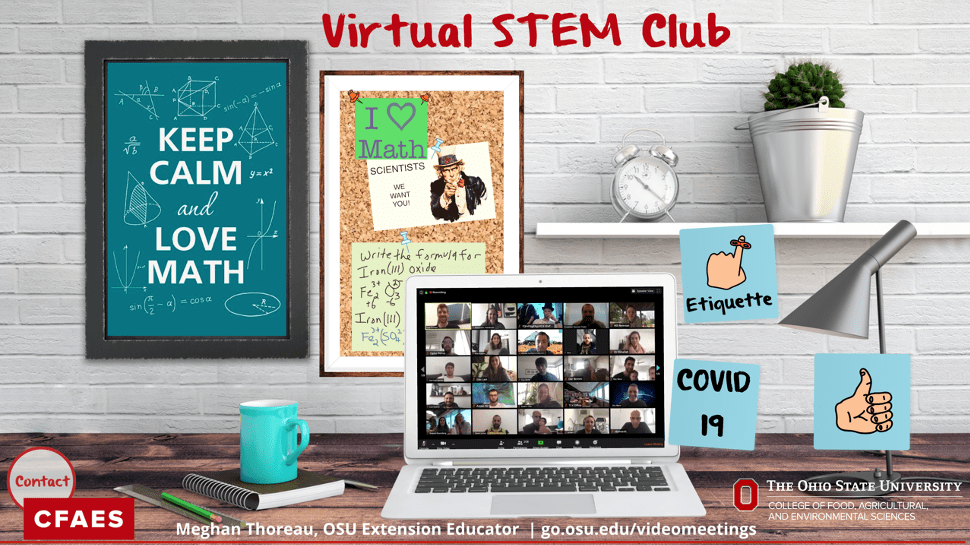
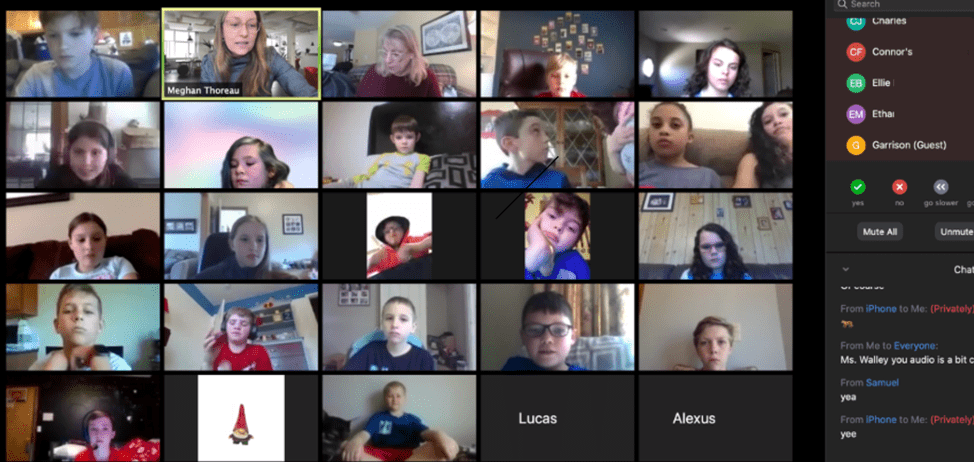
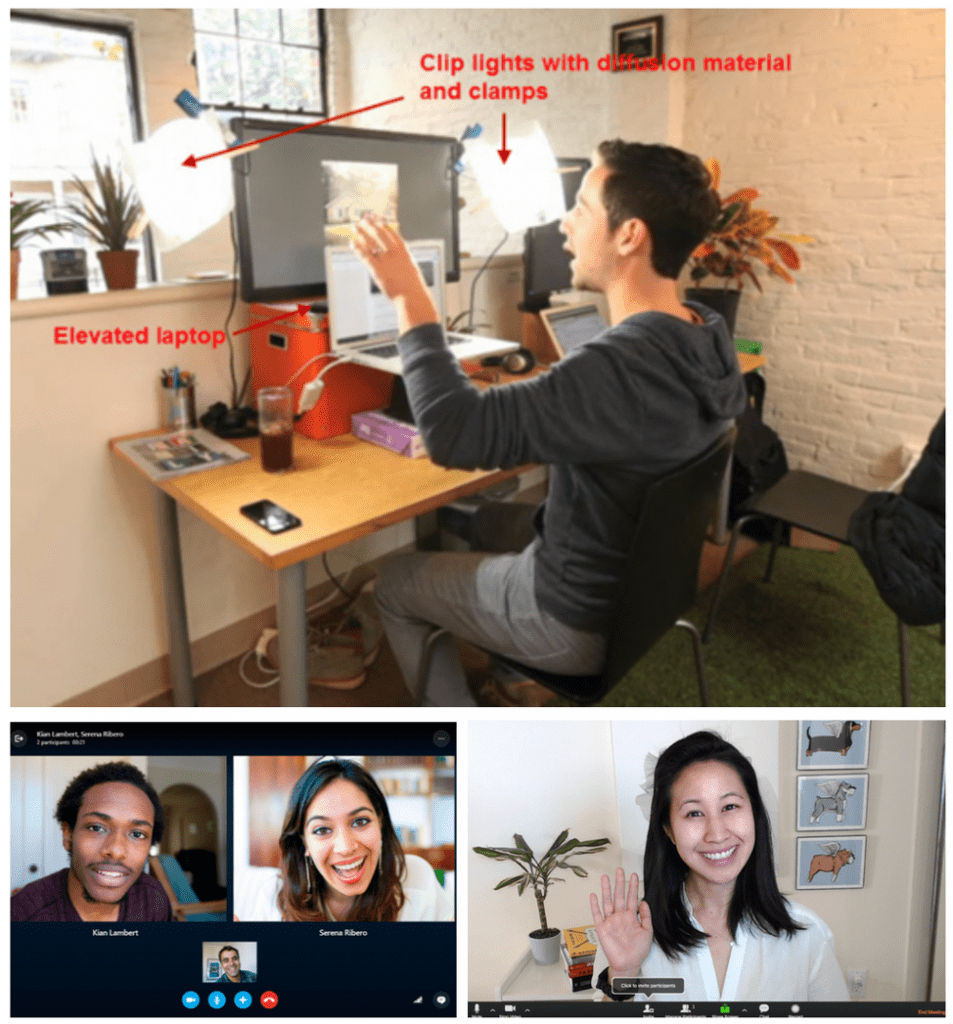

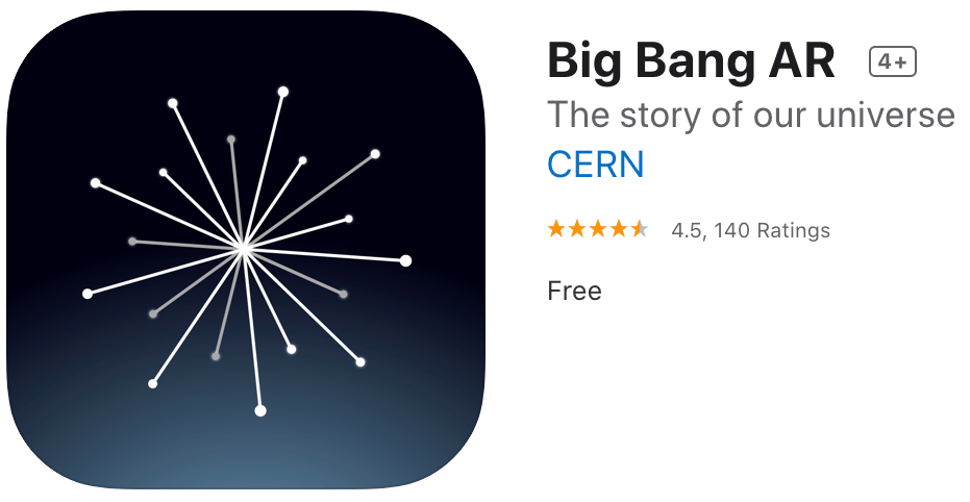
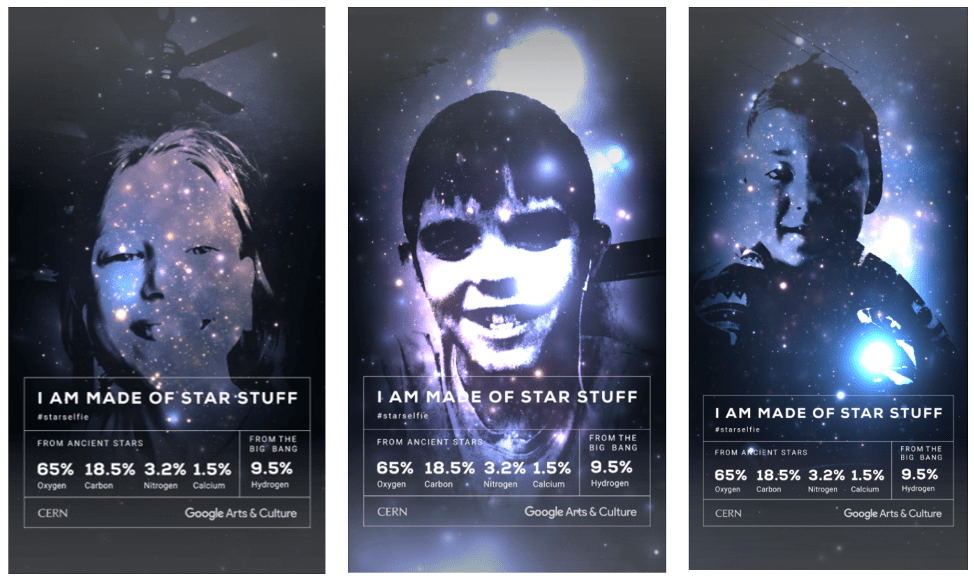


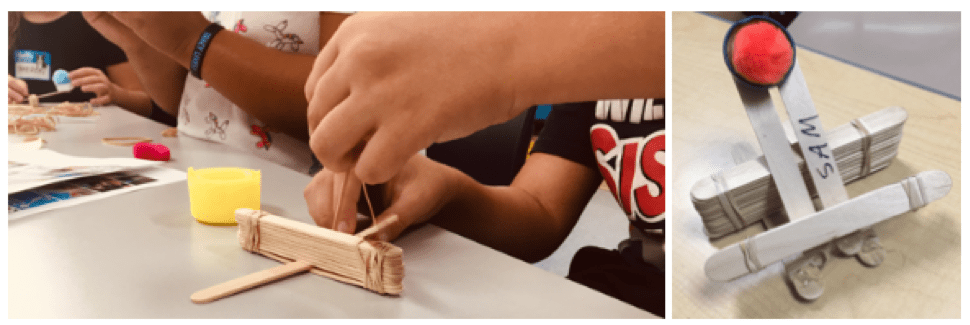

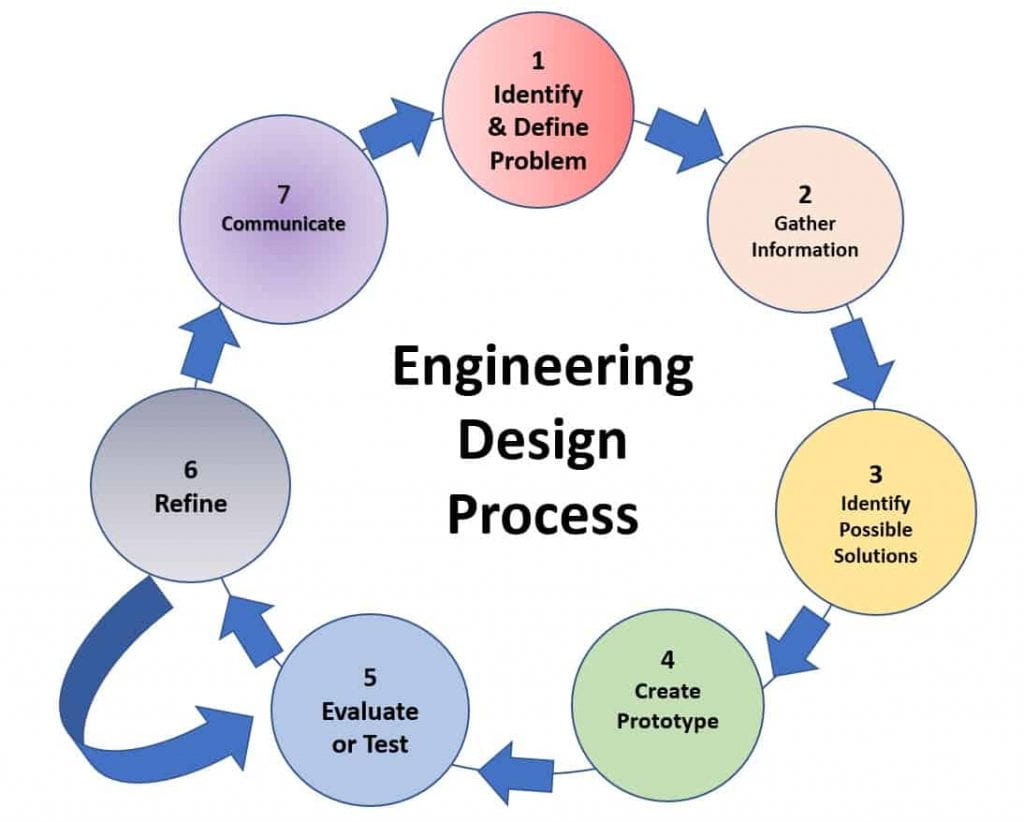
 https://wafflesonwednesday.com/accuracy-vs-precision/
https://wafflesonwednesday.com/accuracy-vs-precision/
